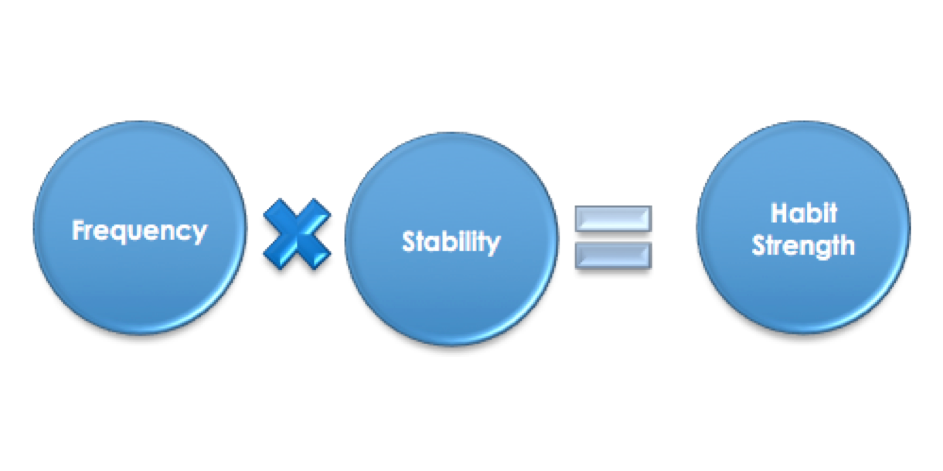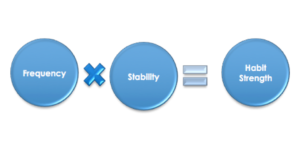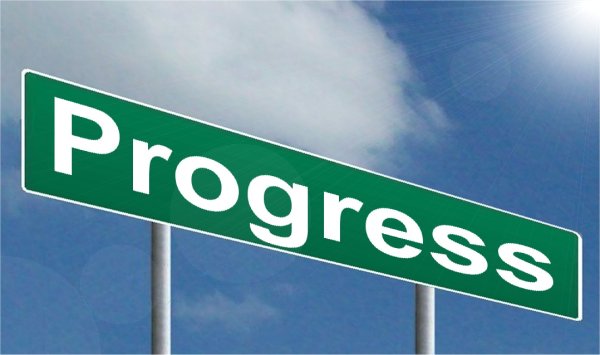Although loyalty programs seem to be everywhere, many question whether such programs are indeed effective marketing tools. Strengthening the case for the skeptics, recent news report a restaurant that shut its doors in just a few months because it offered a ridiculously generous loyalty program. This is of course an extreme case. In reality, loyalty program providers can fairly easily keep program costs under control through smart program design involving the right combination of program currency, point ratio and reward structure.
Some loyalty program problems are not so straightforward however and can be much more subtle and challenging to deal with. One such example is the concern that loyalty programs foster loyalty to the program rather than to the company. That is, “I love Starbucks Rewards” may end up ringing more true than “I love Starbucks”. In the long run, this is bad news for the company because it makes the business overly dependent on the loyalty program. If a competitor decides to offer a more attractive program, customer attrition is likely to happen. What can businesses do to reduce this loyalty gap and make loyalty program members more loyal to the company rather than just to the program? I want to share with you some insights from a research project I conducted with a colleague in Belgium. Continue reading “Reducing the Loyalty Gap”



